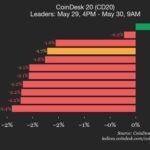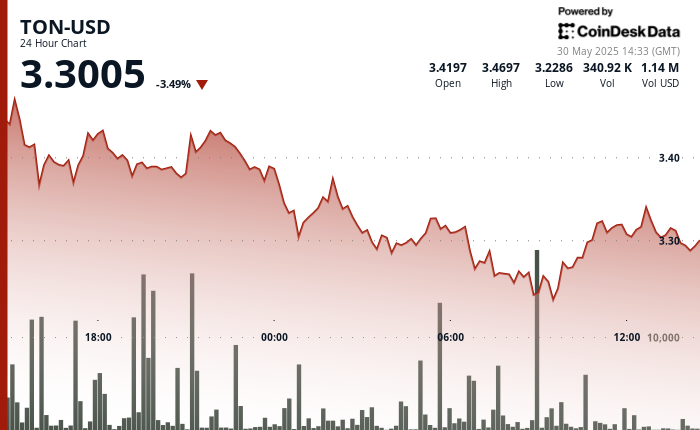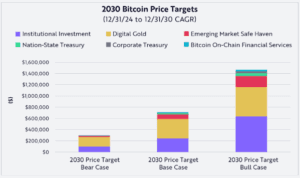
Declining Bitcoin Fees May Lead to Wider Impact on Cryptocurrency Market
A researcher from the Ethereum Foundation, Justin Drake, has expressed significant concerns regarding the long-term viability of Bitcoin’s (BTC) security.
In a thorough analysis published on May 29, Drake suggested that sustained low transaction fees on the Bitcoin network might lead to an increased risk of a 51% attack. This type of attack occurs when one entity gains majority control over the computing power of the blockchain.
Decline in Bitcoin Fees
Drake pointed out that the fee structure of Bitcoin has not adapted to the network’s halving events.
He observed that although the three recent halvings have decreased block rewards over the past eight years, transaction fees have not increased sufficiently to compensate for this decline.
Currently, he indicated that fees make up only 1% of the total earnings for miners, significantly down from earlier figures, and they are currently at a near 13-year low of approximately 6.5 BTC per day.
In light of this situation, Drake remarked:
“Bitcoin’s security model is flawed. If Bitcoin were to be compromised, the repercussions could destabilize the entire crypto ecosystem. The inherent risks cannot be overlooked.”
Drake also contested the traditional belief that fees would eventually rise and replace block rewards.
Instead, he contended that fees are diminishing, and a reliance solely on these fees could result in a revenue decrease of up to 100 times for miners. This would dramatically lower Bitcoin’s computational power to merely 1% of its current capacity.
He further stated:
“That’s the path we’re on. The 21 million cap undermines security; it’s inherently damaging. It should now be evident that Satoshi made a mistake.”
Price Increases Won’t Resolve Issues
Drake rejected the notion that soaring Bitcoin prices could remedy the situation.
He presented a hypothetical situation where Bitcoin could reach $1 million per coin, yet still only satisfy 10% of today’s security expenses if transaction fees remain stagnant.
He elaborated:
“Currently, Bitcoin’s security is supported by 20 GW — this is equivalent to powering 10 million space heaters. A 90% reduction in miner income would lower that to 2 GW — about 1 million space heaters. For perspective, Texas alone generates 80 GW. There’s no feasible way for a $20 trillion asset to be secured by just 2 GW.”
Even if Bitcoin climbed to $10 million per coin, making it a $200 trillion entity, Drake posited that the cost to execute a 51% attack would still be relatively insignificant compared to its total market value.
He estimated that the construction of 20 GW of hashing power would only require around $20 billion, which amounts to just 0.01% of Bitcoin’s potential $200 trillion valuation.
Potential Remedies
Drake concluded that the existing Proof-of-Work model for Bitcoin might not be sustainable in the long run without necessary changes.
He put forth several potential solutions, including adjustments to the fee market or the introduction of tail issuance. This would involve raising Bitcoin’s capping limit of 21 million coins to sustain ongoing incentives for miners.
Additionally, he suggested a transition to a Proof-of-Stake (PoS) system, which Ethereum currently employs to secure its network.
Nevertheless, Drake acknowledged that his proposals are likely to face substantial resistance from the Bitcoin community’s cultural and ideological perspectives.
He also pointed out that there have been vague proposals within the community discussing the adoption of Proof-of-Authority through a consortium of mining pools, but he noted that specific details are sparse.
Given this context, Drake remarked:
“Bitcoin is intended to be antifragile. Yet, the significant issues remain unaddressed. We can choose to ignore them, but the fundamental problems are becoming increasingly apparent.”



















Post Comment